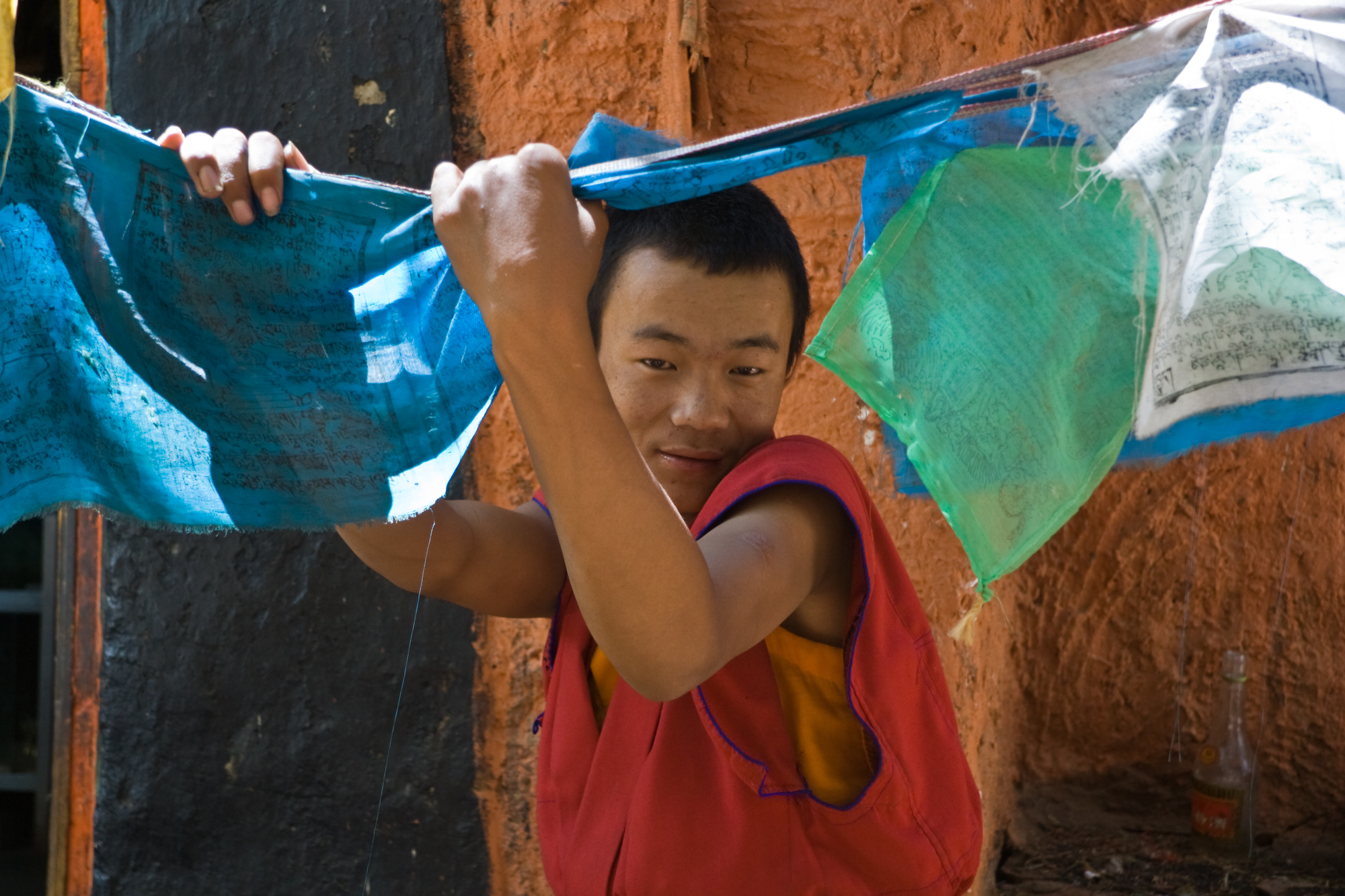áđĒalu Monastery on:
[Wikipedia]
[Google]
[Amazon]
Shalu Monastery () is small monastery south of 
Shalu Monastery
- The Shalu Association {{coord, 29.12783, N, 88.99262, E, region:CN-54_type:landmark_source:dewiki, display=title Buddhist monasteries in Tibet Buddhist temples in Tibet Sakya monasteries and temples 1040 establishments in Asia Major National Historical and Cultural Sites in Tibet 11th-century Buddhist temples Buildings and structures completed in 1040 Religious buildings and structures completed in the 1040s
Shigatse
Shigatse, officially known as XigazÊ () or Rikaze ( zh, s=æĨåå, p=RÃŽkÄzÃĐ), is a prefecture-level city of the Tibet Autonomous Region of the People's Republic of China. Its area of jurisdiction, with an area of , corresponds to the histo ...
in Tibet
Tibet (; ''BÃķd''; ), or Greater Tibet, is a region in the western part of East Asia, covering much of the Tibetan Plateau and spanning about . It is the homeland of the Tibetan people. Also resident on the plateau are other ethnic groups s ...
. Founded in 1040 by Chetsun Sherab Jungnay, for centuries it was renowned as a centre of scholarly learning and psychic training and its mural
A mural is any piece of Graphic arts, graphic artwork that is painted or applied directly to a wall, ceiling or other permanent substrate. Mural techniques include fresco, mosaic, graffiti and marouflage.
Word mural in art
The word ''mural'' ...
paintings were considered to be the most ancient and beautiful in Tibet. Shalu was the first of the major monasteries to be built by noble families of the Tsangpa
Tsangpa () was a dynasty that dominated large parts of Tibet from 1565 to 1642. It was the last Tibetan royal dynasty to rule in their own name. The regime was founded by Karma Tseten, a low-born retainer of the prince of the Rinpungpa dynasty ...
during Tibet's great revival of Buddhism
Buddhism, also known as Buddhadharma and Dharmavinaya, is an Indian religion and List of philosophies, philosophical tradition based on Pre-sectarian Buddhism, teachings attributed to the Buddha, a wandering teacher who lived in the 6th or ...
, and was an important center of the Sakya
The ''Sakya'' (, 'pale earth') school is one of four major schools of Tibetan Buddhism, the others being the Nyingma, Kagyu, and Gelug. It is one of the Red Hat Orders along with the Nyingma and Kagyu.
Origins
VirÅŦpa, 16th century. It depict ...
tradition.

Repair and reconstruction
Repair and reconstruction of Shalu Monastery began on May 13, 2009, according to the Chinese governmentXinhua
Xinhua News Agency (English pronunciation: ),J. C. Wells: Longman Pronunciation Dictionary, 3rd ed., for both British and American English or New China News Agency, is the official State media, state news agency of the China, People's Republic ...
online news. "The project, one of Tibet's biggest heritage renovation projects under the 11th Five Year Plan (2006â2010), involves reinforcement of its buildings, maintenance of sewage treatment facilities and improvement of fire and flood control systems", a prefectural government official said. It is planned to spend more than 16 million RMB yuan on the project.
Further reading
* Vitali, Roberto. 1990. ''Early Temples of Central Tibet''. Serindia Publications. London. . Chapter Four: "Shalu Serkhang and the Newar Style of the YÞan Court." Pages 89â122. * von Schroeder, Ulrich. 2001. ''Buddhist Sculptures in Tibet''. Vol. One: ''India & Nepal''; Vol. Two: ''Tibet & China''. (Volume One: 655 pages with 766 illustrations; Volume Two: 675 pages with 987 illustrations). Hong Kong: Visual Dharma Publications, Ltd. . Zhwa lu (ÂŦshaluÂŧ) monastery, pp. 554, 922, 925, 1085, 1088, 1129: Zhwa lu gSer khang (ÂŦshalu serkhangÂŧ), 554, 842, 922, 925; Figs. XIVâ14â16, XVâ8. Jo khang (ÂŦjokhangÂŧ), p. 922; Pls. 47C, 229A, 230C, 231B, 231D, 314A, 329E. gNyer khang byang (ÂŦnyerkhang changÂŧ); Pls. 268CâD, 301A, 313A, 324E. gTsug la g khang (ÂŦtsuglakhangÂŧ); Pl. 292A. Yum chen mo lha khang (ÂŦyum chenmo lhakhangÂŧ), pp. 842â843; Figs. XIIIâ14â16. gZhal yas lha khang byang (ÂŦshalye lhakhang changÂŧ), pp. 439, 441, 913, 922; Figs. VIIâ3â4, XVâ2; Pls. 169A, 169B, 229B, 229C, 230A, 230B, 231A, 231E, 322B. gZhal yas lha khang lho (ÂŦshalye lhakhang lhoÂŧ), pp. 922, 1129; Pls. 232BâC, 233BâC, 234B, 252DâF, 315A, 315B, 315C, 315D, 315E, 318D, 318E.Notes
External links
*Shalu Monastery
- The Shalu Association {{coord, 29.12783, N, 88.99262, E, region:CN-54_type:landmark_source:dewiki, display=title Buddhist monasteries in Tibet Buddhist temples in Tibet Sakya monasteries and temples 1040 establishments in Asia Major National Historical and Cultural Sites in Tibet 11th-century Buddhist temples Buildings and structures completed in 1040 Religious buildings and structures completed in the 1040s